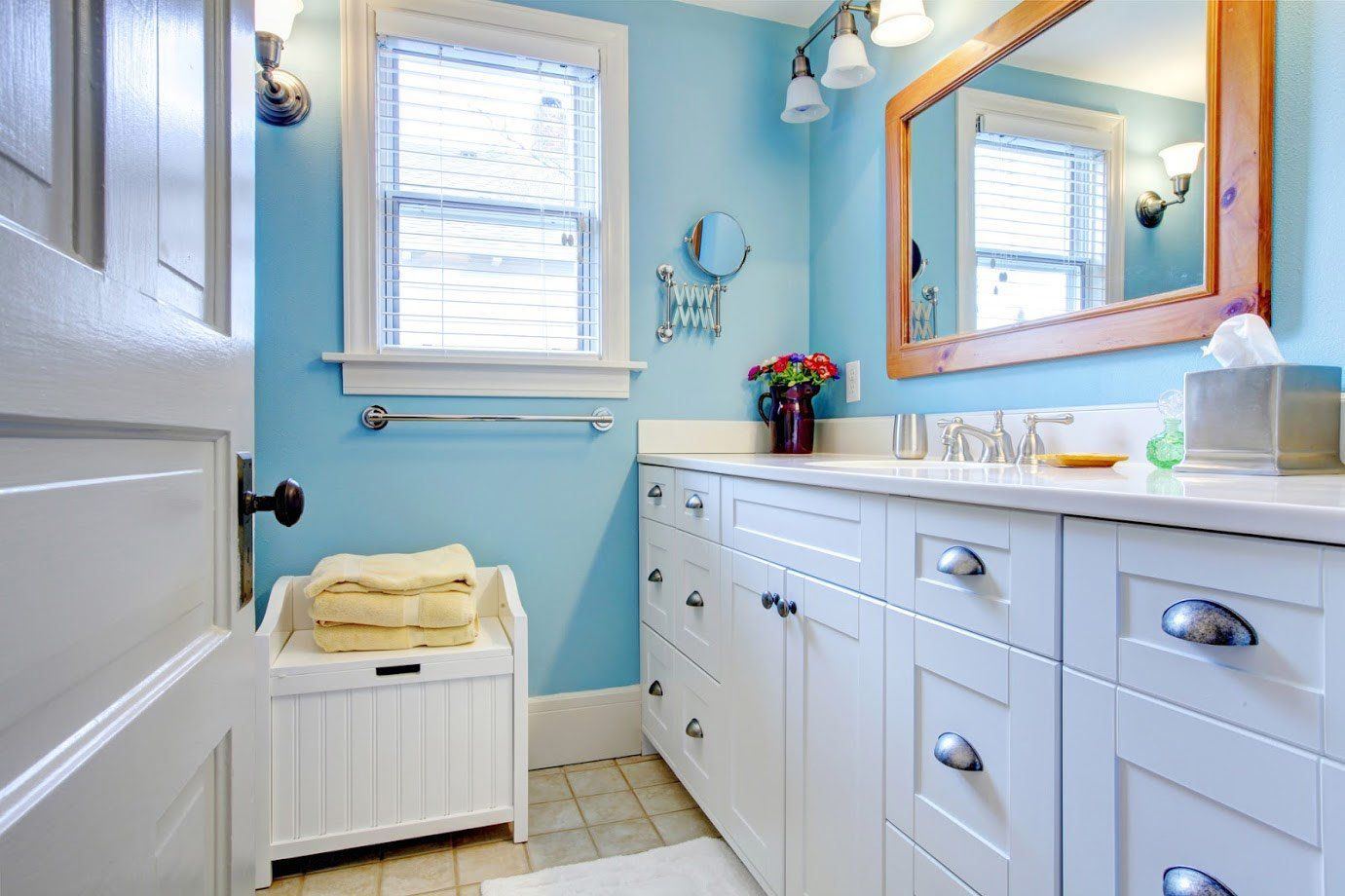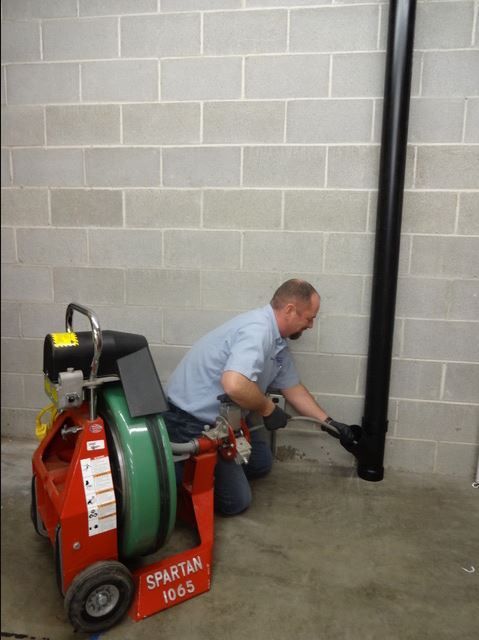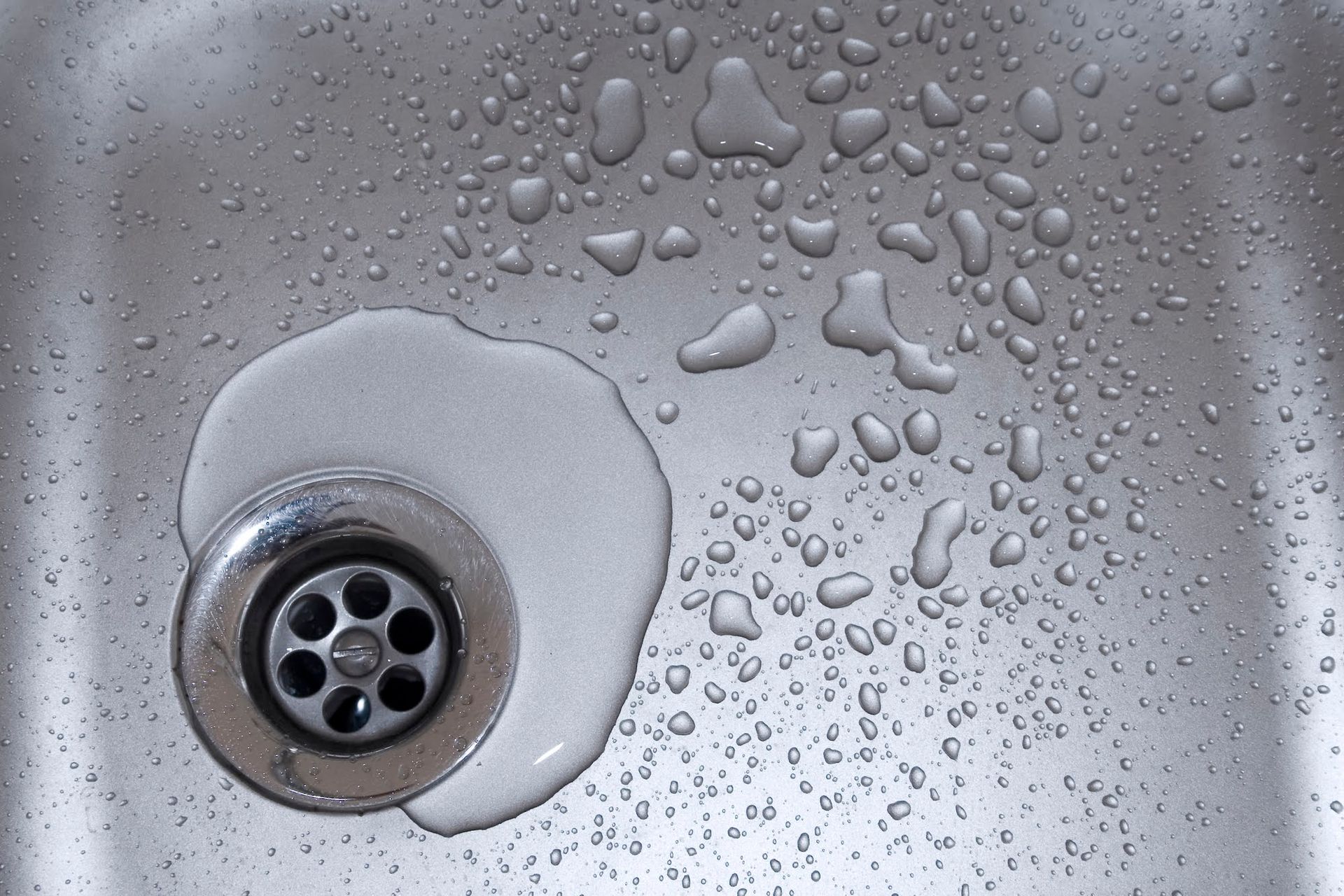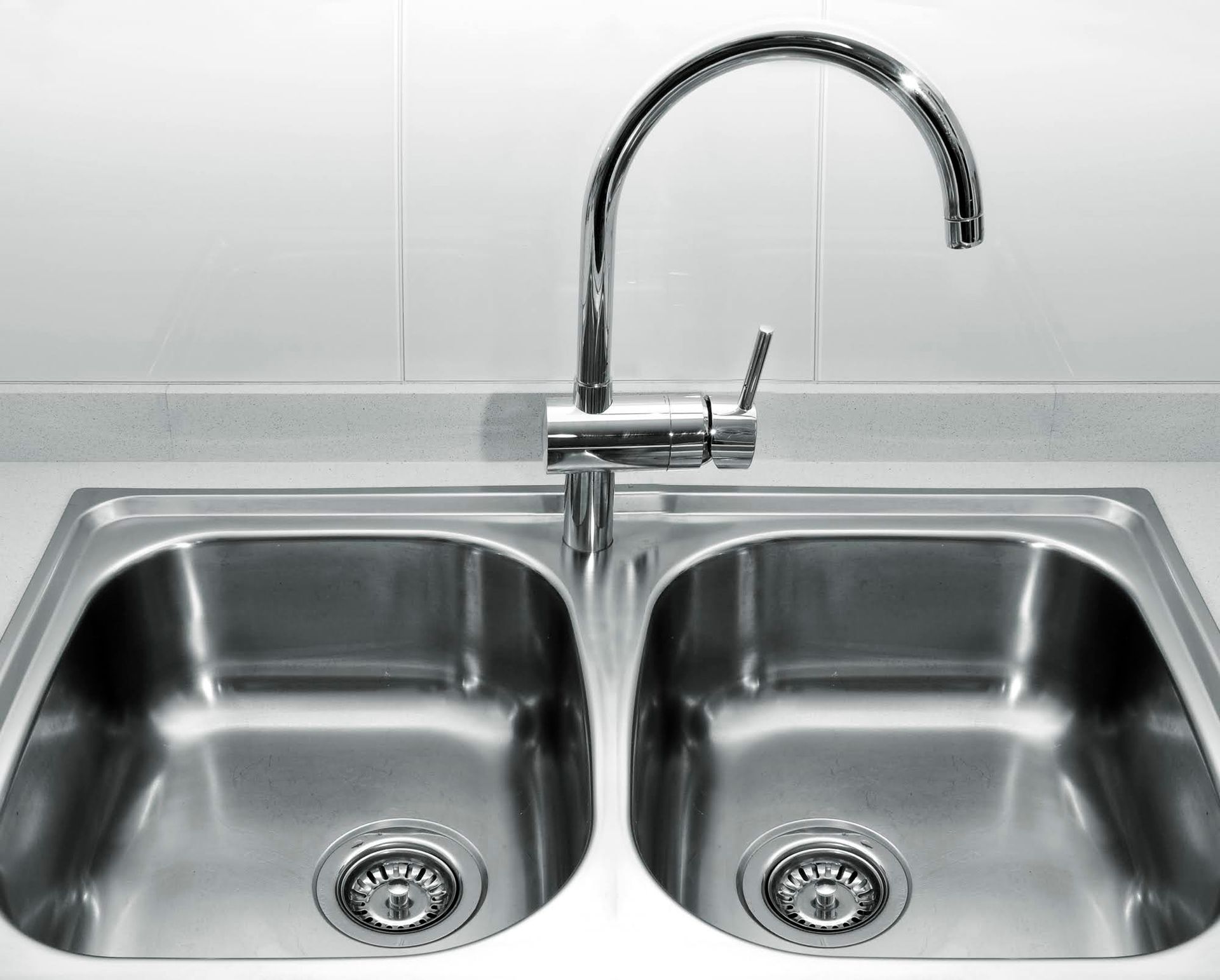Important Considerations for Designing Bathroom Cabinetry
Admin • January 9, 2020

The bathroom is a room that needs a lot of storage. You have linens and grooming supplies as well as cleaning products. Yet the bathroom is also a room that often doesn't feature enough storage. Therefore, cabinetry is an integral aspect of planning a bathroom remodel or new build. As you approach the design phase, keep the following factors in mind.
Cabinetry Dimensions
Cabinets for the bathroom come in standard dimensions for prefabricated stock. For height, typical cabinets reach to 30 to 32 inches above the floor. You can also find prefabricated stock that reaches as high as 36 inches above the floor. These taller vanities are more comfortable for adults, especially tall ones.
For depth, standard cabinets reach 21 inches. If you have a small space, you may want to have the cabinets cut by three to nine inches. If you're looking at width, your vanity top only has to accommodate the sink. If you want a double sink, you need at least 60 inches of width.
If you're looking at cabinetry beyond the vanity area, you can look at prefabricated models, such as cabinets located above the toilet or tall linen closets. You can also have all your cabinetry customized to perfectly fit your space.
Type of Storage Needed
Another important consideration is the type of storage needed. You do have standard items that you store in the bathroom, as listed above. So, bathroom cabinetry usually comes with the shelves, drawers, and cubbies to accommodate typical bathroom items.
You may have special storage needs, though. For example, if the bathroom is for an elderly person, or for someone who has disabilities, you might need specialized storage for their bath equipment.
Additionally, consider your grooming routine. Many people use hair styling tools such as blow dryers and flat irons. You might consider having a dedicated cabinet with the appropriate slots and even electrical outlets. Conversely, perhaps you sometimes use large appliances such as steamers. You'll want enough space within your cabinetry for these items.
Door Styles
The cabinetry in the bathroom will drive the style of the space. The doors make up the main façade of the cabinetry. You have the same basic options for bathroom cabinet doors as for those in the kitchen. They range from flat slabs to ornate drop shadow styles.
Bathrooms are usually smaller spaces than the kitchen, though. So, you don't often see elaborate doors. Indeed, highly ornamented doors can make a bathroom feel a little smaller because they take up so much visual space. If you're in doubt about how much ornamentation your bathroom can have, consider simple shaker doors. You can add style with the hardware.
Fixtures and Hardware
For vanities, the sink and all its components will be an important factor in your cabinet design. What's more, you'll need to choose mirror and lighting options.
For the cabinetry itself, your main focus will be on the hardware. The doors usually feature discreet hinges, so you don't see them. If you want a specific look, though, you could ask for strip or other decorative styles of hinges.
For the pulls, you'll be looking at both finish and style. The finishes are usually the same as for faucets. They include nickel, chrome, various bronzes, black, and gold. You also see transparent acrylic pulls. The finish for your pulls should match for your faucet or other features. The caveat, of course, is that black or clear acrylic pulls won’t match.
When it comes to style, pulls usually fall into one of three categories — traditional, contemporary, and modern. This hardware is where you can promote the style of your bathroom. When choosing a style, though, keep in mind utility, too. You don't want to struggle to open the cabinets, no matter how stylish the pulls are.
Take a deliberate approach to designing bathroom cabinetry that's both complementary and functional. Consult with the design experts at Aurora Plumbing and Electric.





















